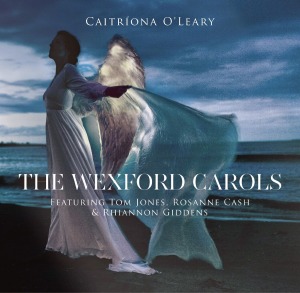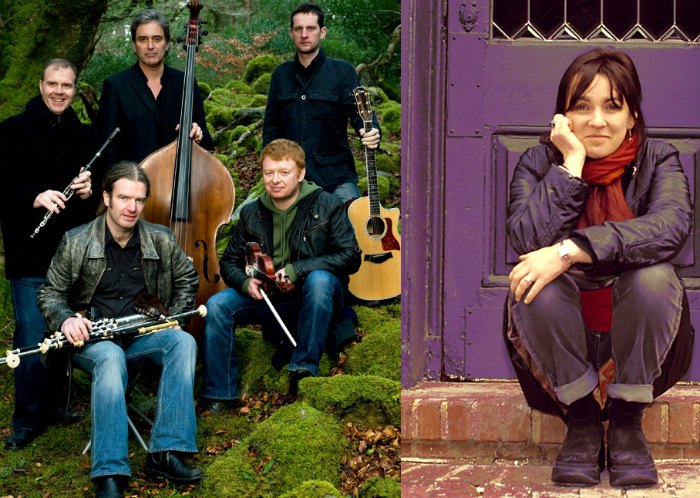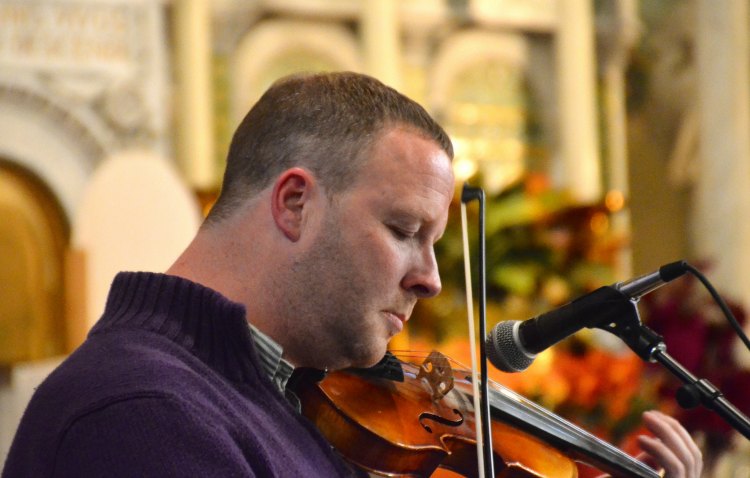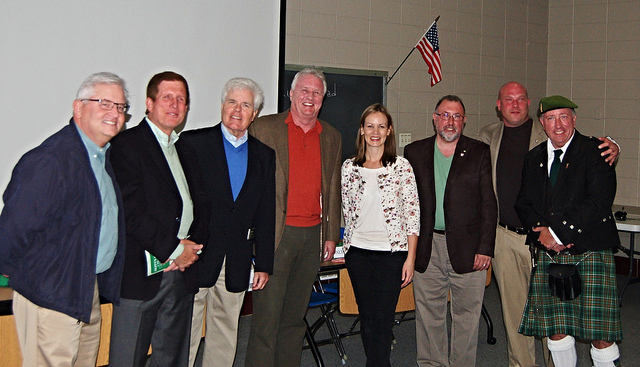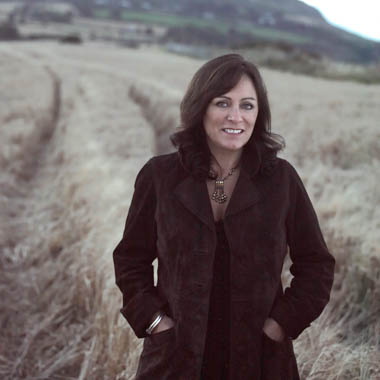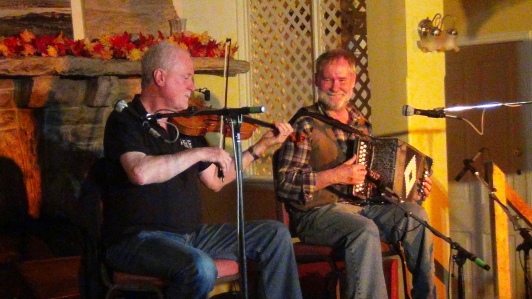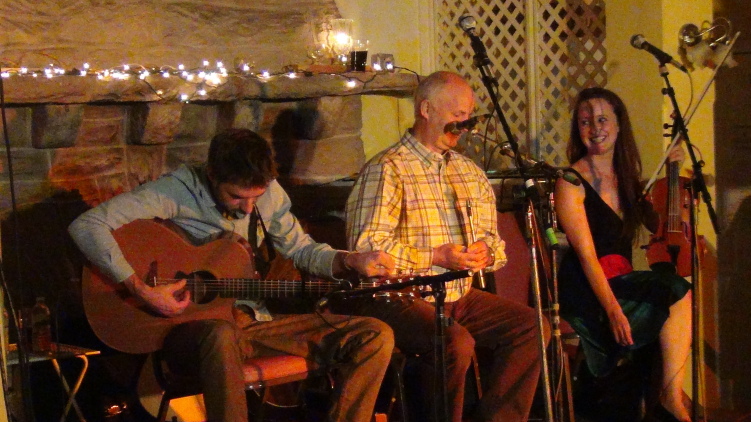 St. Patrick’s Day arrives, and it’s as if someone has uncorked a magic bottle, and the genie of booze appears in our midst, granting but one wish: the wish to become really, most sincerely drunk. Because that’s what the Irish do on St. Patrick’s Day do, right?
St. Patrick’s Day arrives, and it’s as if someone has uncorked a magic bottle, and the genie of booze appears in our midst, granting but one wish: the wish to become really, most sincerely drunk. Because that’s what the Irish do on St. Patrick’s Day do, right?
Well, there’s no escaping it—some do. But it’s pretty clear that you don’t need to be Irish to wander from bar to bar, wearing silly hats and draped with green beads. Many aren’t.
And it’s a big night for booze, as boozy nights go. According to the financial website The Motley Fool, St. Patrick’s Day accounts for up to 1 percent of annual beer sales in the United States.
The potential consequences of all that binge drinking are pretty serious. More than a third of all traffic fatalities on the saint’s day, especially into the evening and into the next morning—are associated with drunk driving.
Then, of course, there’s a problem near and dear to many Irish hearts—the perpetuation of a cultural stereotype that many find distasteful.
Well, Katherine Ball-Weir wants to shove that cork back into the bottle. So if you’re up for a party, and the thought of waking up the next morning with bed spins doesn’t appeal to you, she’d like to welcome you to Sober St. Patrick’s Day—an epic bash in the Hamilton Media Commons at WHYY studios on Independence Mall on Sunday, March 15. That’s the day of the Philadelphia St. Patrick’s Day parade and the focal point of the city’s celebration.
“We’re bringing in incredible entertainment,” says Ball-Weir, chairperson of the Delaware Valley Branch of Comhaltas Ceoltóirí Éireann, a worldwide Irish music, dance, language and cultural organization. “It’ll be a wonderful Irish party without any alcohol. There will be children’s activities. They can learn an Irish dance step or how to beat a bodhran (a traditional Irish frame drum) or how to say ‘hello’ or ‘goodbye’ in Irish Gaelic. There will be activities for adults, too.”
A lot of those activities revolve around music and dance, with some truly world-class entertainment—including seven-time All-Ireland button accordion champ John Whelan, four-time fiddle champion Dylan Foley, Patrick Hutchinson, an All-Ireland uilleann pipe champ.
Some young local All-Ireland champs will be on hand as well: The Converse Crew, fiddlers Alex Weir (Ball-Weir’s son) and Haley Richardson, Keegan Loesel on pipes and whistle, and Dylan Richardson on guitar.
If you want a workout, there will be ceili dancing. If you want to replenish all the calories you’ve lost pounding the boards, there will be plenty of baked goods, snacks and drinks—non-alcoholic, of course. Look for special guest Maria Walsh, the International Rose of Tralee and Philly’s Rose, and performances by the Emerald Isle Academy Dancers.
All of this alcohol-free merry-making is not a new idea, says Ball-Weir.
“It’s been a sold-put event in New York City for three years, and it’s in other cities, too. There’s one in Richmond, Va., Casper, Wyoming, Northern Ohio, and Belfast (Northern Ireland) had a huge one. I knew about the event in New York because I also knew some of the musicians who performed in it, and as I learned more about it, I thought: This is a great idea! So I went to Maureen Donachie, who is the number 2 person with the New York Sober St. Patrick’s Day group, and I said, I really like this idea. How can we do this in Philadelphia?”
With some thoughts and encouragement from Donachie, Ball-Weir presented the idea to the Philadelphia Comhaltas (COAL-tuss) board, and they loved it, too.
Presenting a big event like this is exactly up the organization’s alley.
“Although we are a small group, in the last couple of years our branch has been hosting and co-hosting more and more music events,” says Ball-Weir. “We have co-sponsored or helped to support events of the Philadelphia Ceili (KAY-lee) Group or the Coatesville Traditional Irish Music Series with Frank Dalton, and some events at West Chester University. It’s exciting for me to think about doing things with other groups. The best way for us all to succeed is for us to work together.”
In this case, the partnership is with Frank Daly of American Paddy’s Productions. “They produce the Philadelphia Fleadh and an American Celtic Christmas, among other things. I asked him to partner with us—Frank, specifically, because he and I had teamed up previously to present some Irish concerts and workshops—and he agreed. I couldn’t do it without him.”
Philly’s Comhaltas branch hopes the event will attract families with children, says, Ball-Weir, along with “adults who want to celebrate but not in an overindulgent way, and the third is the recovery community.”
Just because you won’t find Guinness or Jameson at this particular party, Ball-Weir says, doesn’t mean Comhaltas is against drinking, but they are against the binge drinking rampant on St. Patrick’s Day.
As the mother of a one-time Irish dancer, she knows what she’s talking about.
“Alexander was an Irish dancer before he was an Irish fiddler. We went to a lot of pubs on St. Patrick’s Day, where the dance schools would dance, and it was just awful. The bars start serving drinks at the same time they put out breakfast, so a lot of people are totally out of it by the end of the day. These are stupid Americans who are looking for an excuse to get drunk. They hang their hat on St. Patrick’s Day.”
Ball-Weir and her organization want to open Irish eyes to a more authentic celebration, one that hangs its hat on only two things: Ireland and Irish culture.
“This event is basically for anyone who wants to celebrate Irish culture in an environment that will be respectful of Ireland and its culture. It’s a new way to reclaim the day.”
For details and tickets to the event, hosted by WHYY’s Ed Cunningham:
http://www.soberstpatricksday.org/Philadelphia.html
The event starts at 4 p.m., and ends at 7.

